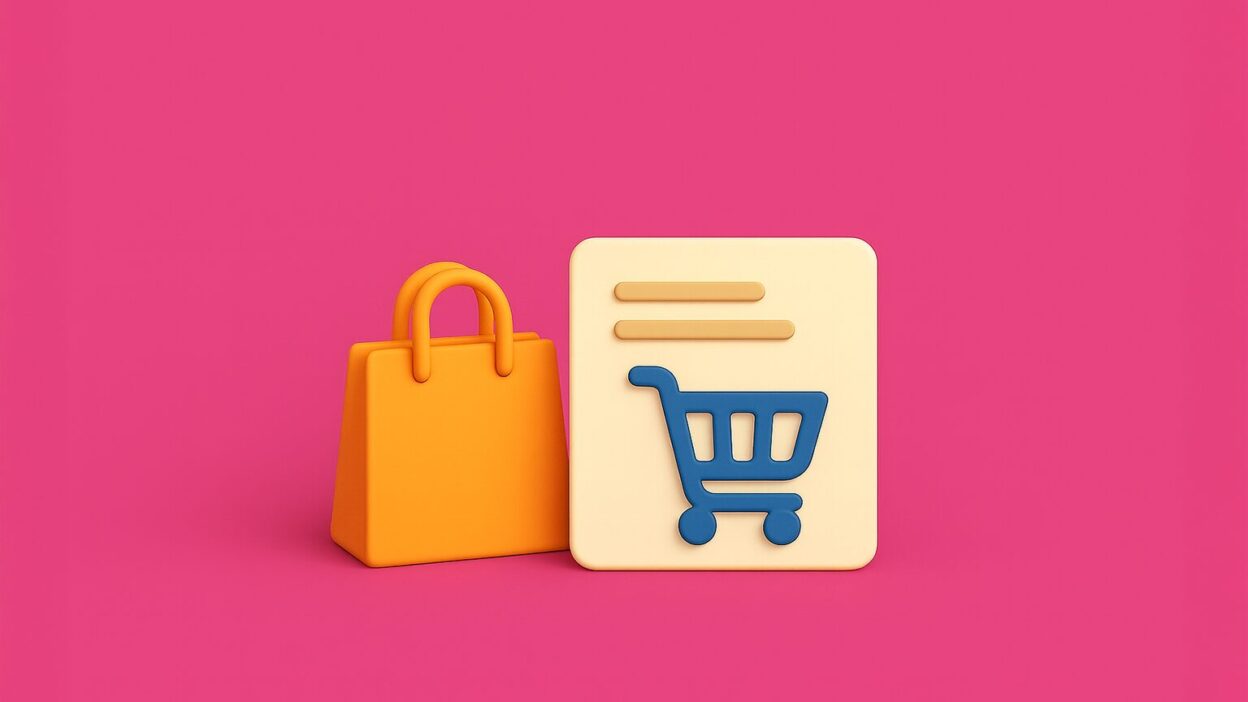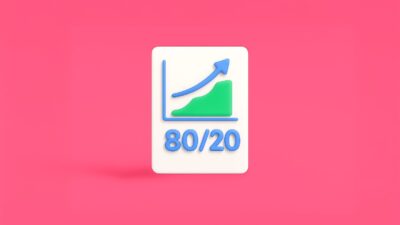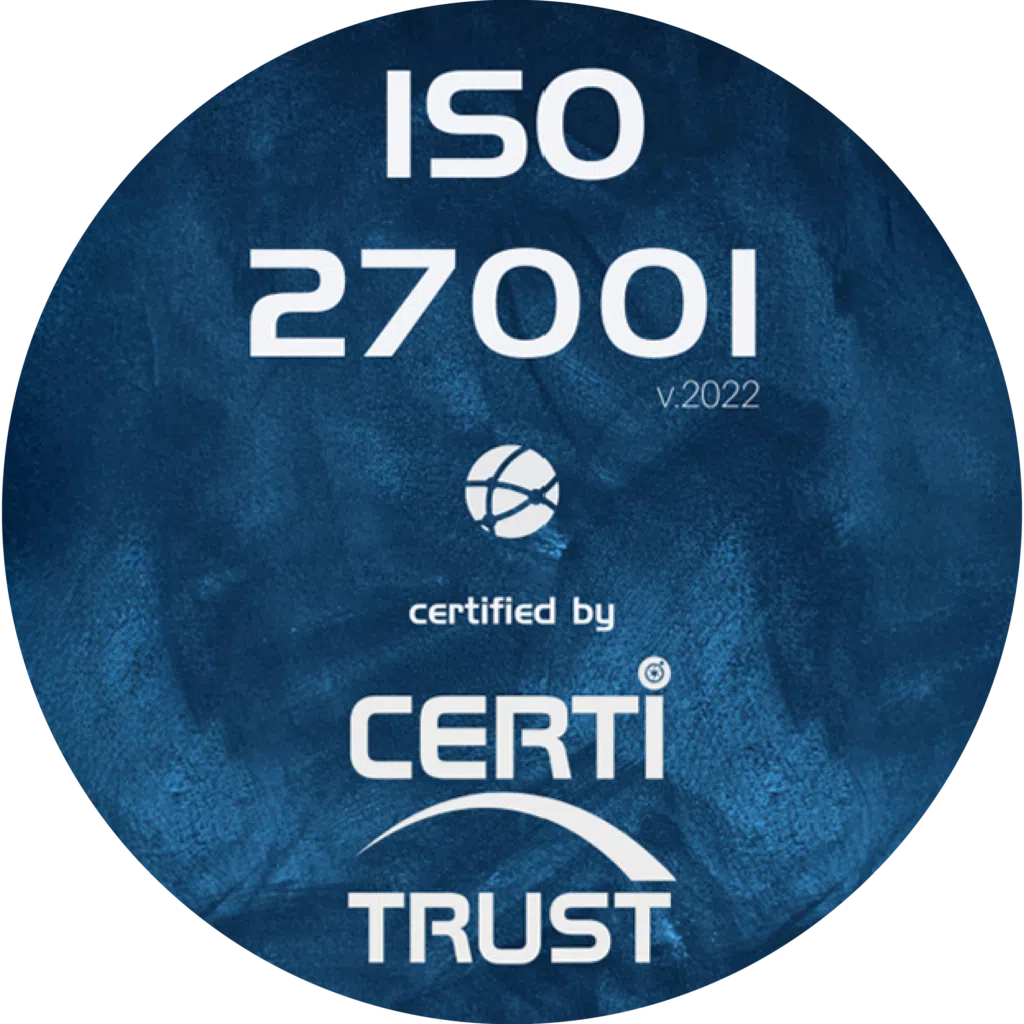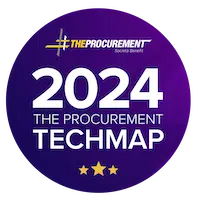Of all the different types of purchasing, direct purchasing is often regarded as the beating heart of a company’s business. They are the very essence of production and enable the company to function.
You may be wondering what direct purchasing is? What are the issues involved and how does it differ from indirect purchasing?
In this article, we’re going to explore this concept in detail, demystify this essential part of the purchasing function and reveal why it’s so important to rationalise your direct purchasing management.
What is direct procurement?
A direct purchase is a purchase directly linked to the production of a company’s end product. These purchases are generally linked to production and are essential to the company’s business. Raw materials, manufacturing components and production services are typical examples of direct purchases.
To give you an example, let’s take the case of a bakery: Direct purchases are the ingredients you buy to make your bread and pastries. Flour, sugar, butter… these raw materials are essential; without them, you can’t run your business.
In general, direct purchases are made in large quantities in order to benefit from advantageous prices. For example, the owner of a bakery might buy a month’s worth of flour, sugar and butter in order to get a bigger discount (wholesale price).
The challenges of direct purchasing
Effective management of direct purchases is directly linked to a company’s success. These purchases have a direct impact on the quality of the end product or service, customer satisfaction and, consequently, the company’s profitability. The main challenges of direct purchasing are as follows:
- Inventory management: With direct purchasing, a company needs to be fully aware of its inventory: what materials it has, where they are stored and how long production can be held before restocking. To ensure a smooth production process and avoid delays, it is important to have good inventory management in place.
- Cost management: In direct purchasing, an analysis of the costs incurred by the supplier in delivering a product or service enables the company to focus its negotiations effectively.
- Organisation: In most companies, direct costs are managed by centralised purchasing and supply chain teams, with category managers focusing on specific areas of spend.
- The use of technology: It is common to see procurement teams encumbered by cumbersome and unintuitive systems, inherited from the company’s previous ERP systems. These cumbersome processes can hamper compliance and productivity. So it makes sense to adopt modern technologies such as purchasing software to optimise direct purchasing.
By focusing on optimising these issues, you can turn direct purchasing into a strategic asset for your business.


The difference with indirect purchasing
Unlike direct purchases, indirect purchases are not directly incorporated into the final product. Indirect purchases include items such as office supplies, cleaning services or administrative staff.
Although indirect purchases are also linked to the running of the business, they are not directly associated with the production of the product or service sold.
To take our bakery example again, indirect purchases would be the cost of electricity to run your ovens, the salary of your accountant, or even the paper napkins you hand out to customers.
In terms of the differences between direct and indirect purchasing, there is also a notable difference in terms of internal management. Indirect purchases are generally less well structured than direct purchases, mainly due to a lack of overview of expenditure.
Examples of direct purchasing
To further illustrate the concept of direct purchasing, here are a few concrete examples:
- For a construction company, direct purchases may include building materials such as timber, concrete, nails, etc
- For a software publisher, direct purchases could be the cost of development, including developers’ salaries.
- For a hospital, direct purchases could be the cost of medical supplies such as medicines, latex gloves, syringes, etc
How can you improve your direct purchasing?
Optimising the management of direct purchasing can lead to significant savings on purchasing budgets.
It is important to negotiate purchasing contracts that are advantageous for your company. This means negotiating volume discounts (wholesale prices) and flexible payment terms.
In addition, purchasing management software offers you the possibility of centralising all your purchasing data, making it easier to access information and streamlining the purchasing process. By using Weproc, you can increase efficiency and productivity by automating manual tasks, reducing errors and delays.
Interested? Find out today how Weproc can help you optimise your direct purchasing.
Want to learn more about our Weproc procurement management software?
Contact us or request your 15-minute demo below!








